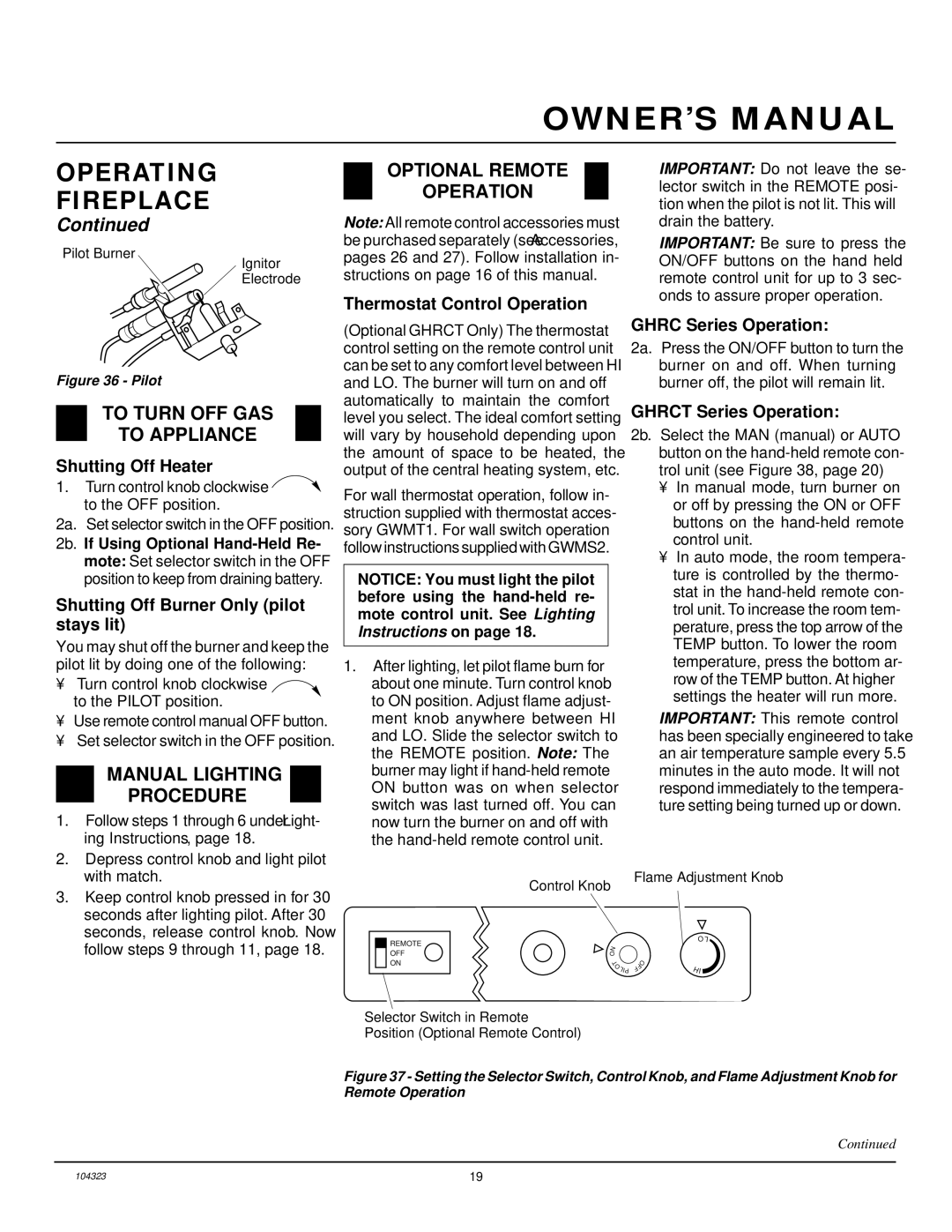VMH26PR specifications
Desa VMH26PR is a cutting-edge horizontal multistage pump designed for a variety of applications, primarily in industrial and municipal sectors. Its robust construction delivers excellent performance and reliability, making it a preferred choice for demanding environments.One of the primary features of the VMH26PR is its versatile design. Engineered for efficiency, it is capable of handling a wide range of fluids, including clean water, chemicals, and other industrial liquids. This pump is particularly known for its ability to operate under high-pressure conditions while maintaining a low energy consumption rate, which is a significant advantage in terms of operational costs.
The VMH26PR incorporates advanced hydraulic technologies, which enhance both performance and efficiency. The multistage configuration allows for higher pressure generation, making it ideal for applications that require elevated discharge pressures. Each stage is meticulously designed to optimize flow, reducing turbulence and maximizing throughput. This results in improved overall system efficiency and longevity of the pump.
In terms of materials, the VMH26PR offers various casing options tailored to the specific needs of the application, including stainless steel and cast iron. These materials provide excellent resistance to corrosion and wear, ensuring durability even in harsh environments. Additionally, the pump features mechanical seals designed to minimize leakage and enhance reliability.
Another significant technological aspect of the VMH26PR is its modular design. This allows for easy maintenance and component replacement, reducing downtime and service costs. Users can easily access vital parts without disassembling the entire unit, which is a considerable advantage for operation in critical settings.
Moreover, the Desa VMH26PR is equipped with a range of monitoring and control options, enabling seamless integration into automated processes. This feature enhances operational efficiency, allowing operators to monitor performance parameters in real-time and make data-driven decisions to optimize performance.
Overall, the Desa VMH26PR stands out with its combination of efficiency, durability, and ease of maintenance, making it an ideal solution for various fluid handling tasks across different industries. Its ability to adapt to specific requirements and conditions ensures it will meet the diverse needs of modern applications effectively.

